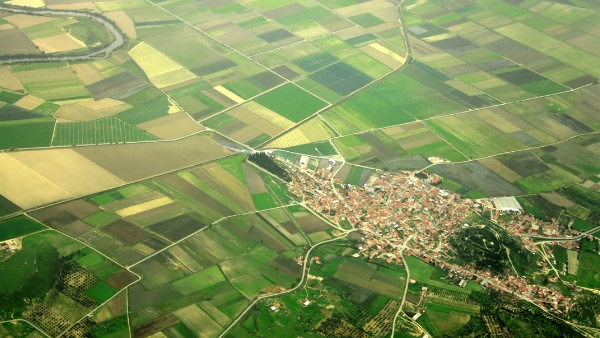Increasingly Local Planning Authorities (“LPAs”) are requiring developers to take a holistic view of their project as a whole and consider its impact on the surrounding community and countryside.
Obligations imposed by the LPA on a developer to compensate and mitigate the negative aspects of their development are often contained within a section 106 Agreement. A section 106 Agreement outlines specific contributions and/or concessions from the developer to allow the LPA to grant planning permission for an otherwise unacceptable development. Such obligations frequently include mitigation strategies aimed at reducing the impact of the development on the environment by requiring the developer to provide additional or alternative areas of green space.
Green space in development
The recognition that developments should be incorporating green spaces was translated into statute through the Planning Policy Guidance 17, published in 1991 and updated in 2002. This emphasised that ‘open spaces, sport and recreation all underpin people’s quality of life’ (page 1) and placed responsibility for determining the standards of open space with the local government for the area.
This guidance was expanded in the 2018 revision of the National Planning Policy Framework (“NPPF”) to recognise not just the anthropological motive for protecting the environment but also to protect “the intrinsic character and beauty of the countryside” (Para 170(b)).
Green space in legislation
A Special Protection Area (“SPA”) is a designated site worthy of special protection under Article 4 of the European Union Directive on the Conservation of Wild Birds. This Directive has coordinated conservation efforts across European Union countries to aid in the protection of all wild bird species. Due to the nature of (and in) SPAs, they also frequently contain Sites of Special Scientific Interest (“SSSIs”) and are dedicated as Nature Reserves. For example, the Thames Basin Heaths SPA contains 13 SSSIs. SPAs are therefore internationally recognised as vitally important for the protection of wildlife and biodiversity conservation.
SANGS
Where a development is within, or in proximity to a SPA, the developer is likely to be required to either contribute to or provide a Suitable Accessible Natural Green Spaces (“SANGS”). These are areas designed as an alternative green space for recreational activities, with the goal of mitigating the increased population pressure on the protected area by detracting potential visitors from the SPA.
SANGS can be created by: opening up existing green space that is currently inaccessible by the public, modifying existing green space to make it more attractive to potential visitors to the SPA or converting land that is not currently green space.
To qualify as a viable alternative to the SPA, these areas must be of a certain quality and type. The three main requirements for the green space (as contained in the description) are for it to be: suitable, natural and accessible.
- Is the green space suitable?
Natural England has released guidance on the types of sites that could be suitable as a SANGS and which features of a SPA should be replicated in the SANGS to qualify it as a viable alternative. As these spaces are offered as an alternative site to the protected SPAs, these areas should not contain high levels of biodiversity that would be susceptible to damage and degradation.
The specific character of the SPA in question and the reasons visitors choose to frequent that site should be understood and replicated by the developer when seeking to create a viable SANGS. - Is the green space natural?
In order to determine whether an area of green space can be defined as ‘natural’ or artificial, English Nature suggests using an ecological survey to review the “intensity of intervention, whether this is management or any other form of disturbance” (page 12). - Is the green space accessible?
Accessibility is a crucial aspect of a SANGS, and there is a recognised spectrum of accessibility from visibility of the site through to physical access described by English Nature. However, for the purposes of a SANGS “the ability of visitors to physically gain access to a site” is a pre-requisite (page 17).
Legislative uncertainty
The NPPF imposed a requirement to “protect and enhance valued landscapes, sites of biodiversity or geological value and soils (in a manner commensurate with their statutory status)” (my emphasis and para 170(a)).
The obligation of a developer to incorporate SANGS within schemes situated in close proximity to a SPA reflects this statement and is a crucial technique for reducing the ecological footprint on the protected environmental area.
However with the ongoing uncertainty surrounding Brexit and the statutory protection of SPAs being reliant on legislation originating from the European Union, it is uncertain what future requirements will be imposed on developers for the protection of biodiverse green spaces.
If you have any questions relating to the provision of Green Spaces or other Planning queries then please contact the Planning Team at Michelmores.
